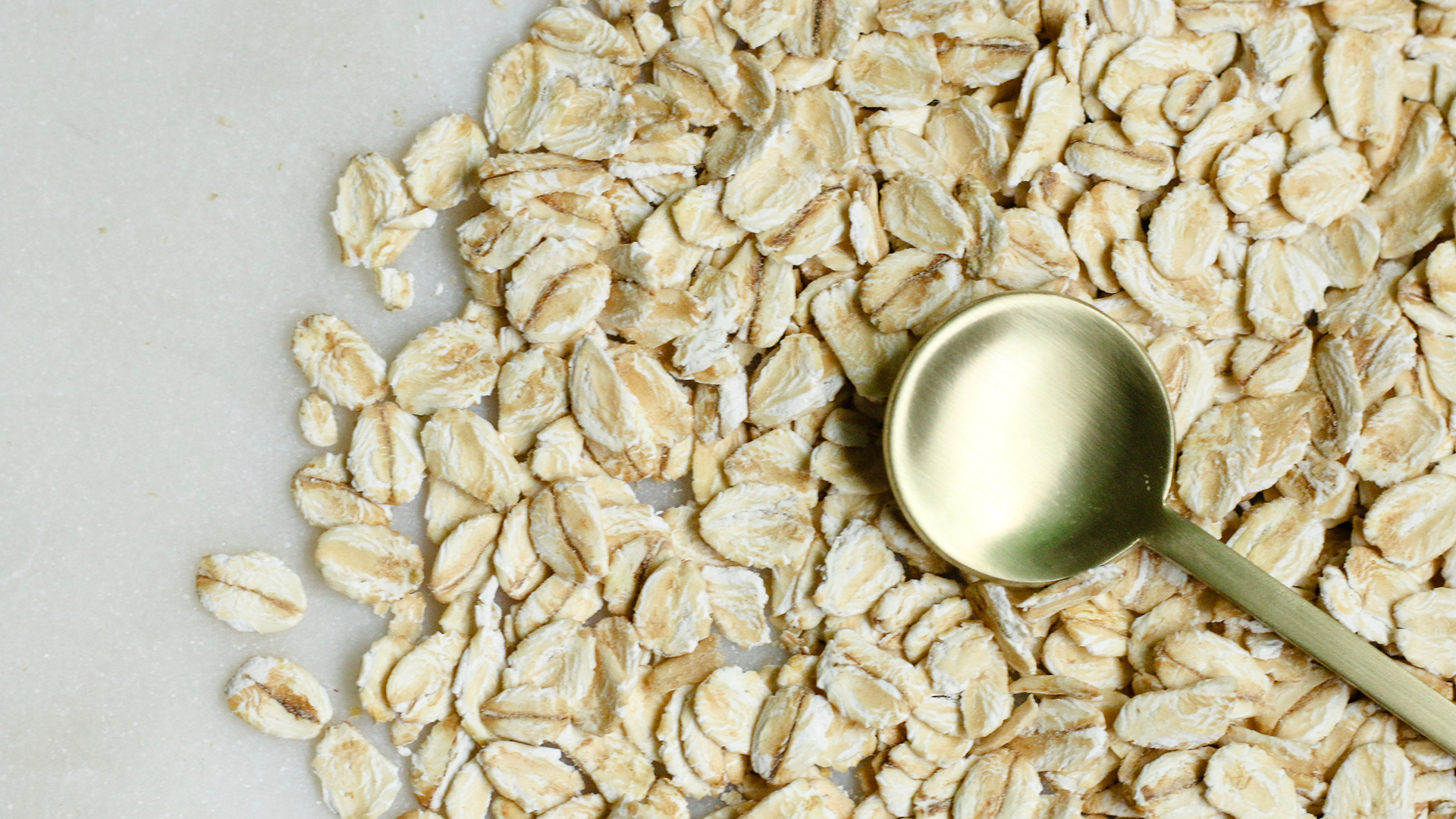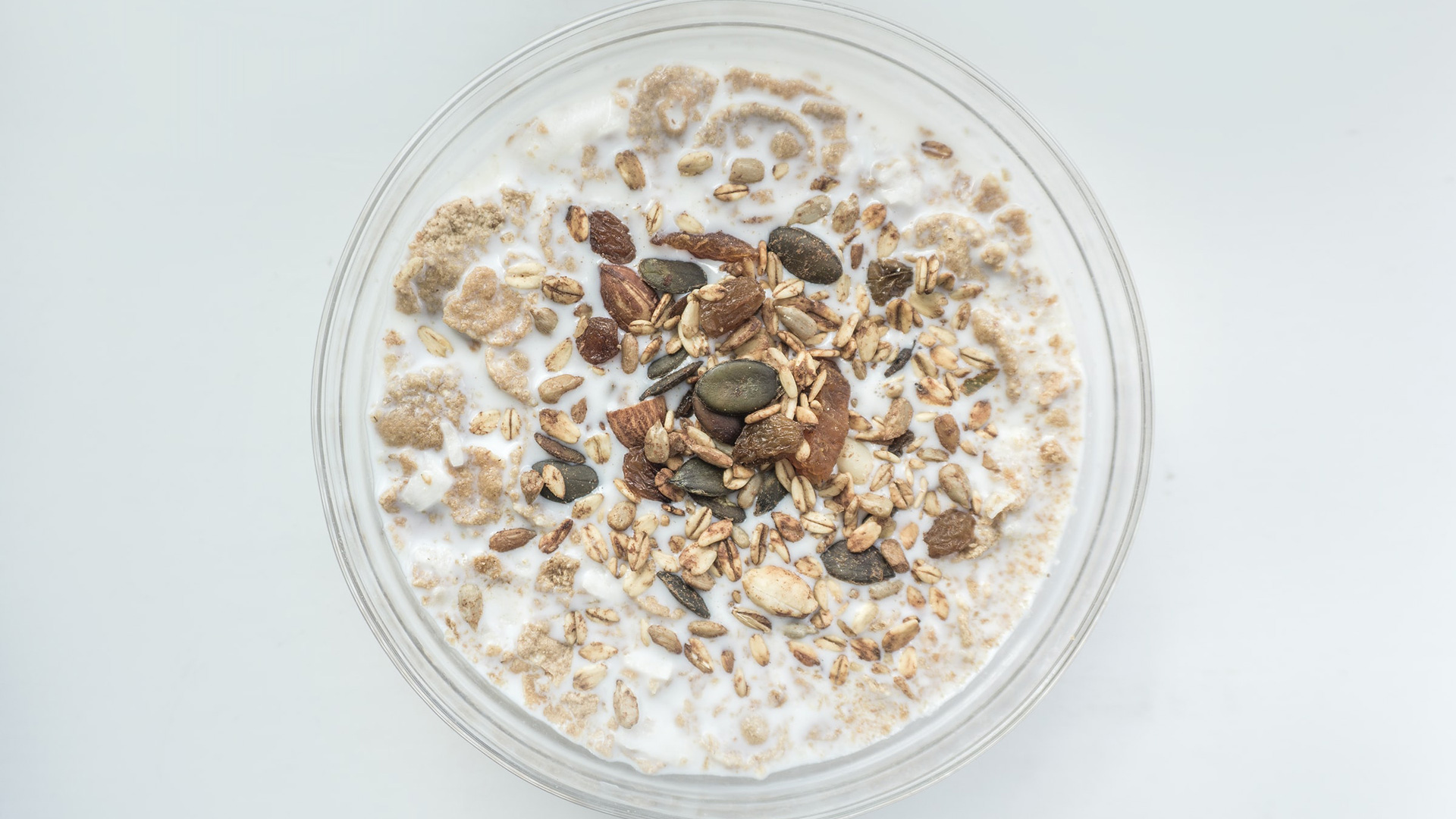How to lower blood sugar levels
Smart nutrition and lifestyle tips you can implement to help lower your blood sugar levels


Whenever we eat carbohydrates, sugar (also known as glucose), enters the bloodstream. Glucose is an important source of energy and provides the body with the correct nutrients to fuel our internal organs and bodily processes.
However, if your blood sugar levels become too high, this can lead to type 2 diabetes. A healthy blood sugar range is between 70-99 milligrams per deciliter (mg/dl) when fasting and up to 140 mg/dL, two hours after eating. In this article, we'll explain how to lower your blood sugar levels, through some simple nutrition and lifestyle changes.
- Keep an eye on your ticker with one of the best heart rate monitors
- Here are some top tips for how to eat healthily
- ... and how to lower cholesterol
What causes high blood-sugar levels?
The endocrine system heavily regulates our blood sugar levels by using the pancreas. The pancreas produces a hormone called insulin, releasing it after a meal is consumed that contains carbohydrates or protein.
Insulin’s primary function is to remove sugar from the bloodstream and transport it into the body’s cells to be used up for energy. The hormone sends any excess blood sugar to the liver to be reserved as glycogen (stored glucose for later use).
A problem that so many people face is something called hyperglycaemia (high blood sugar), where the body cannot effectively transport sugar from the blood into the body’s cells. When this is not addressed over time, diabetes can occur.
There are two types of diabetes. Type 1 occurs when the body fails to produce insulin; and Type 2 because the body has become resistant to insulin, causing a build-up of sugar in the blood. In the case of type 2 diabetes, we can prevent and even reverse this by implementing smart nutrition and lifestyle strategies.
Here are some top techniques for how to lower your blood sugar levels.
Start your week with achievable workout ideas, health tips and wellbeing advice in your inbox.
1. Reduce refined carbohydrates and high GI foods
Sugar in your blood comes from two places: your liver and from the food that you eat. It is difficult to control how much sugar your liver makes, but you can certainly influence your blood sugar by changing your diet.
Foods that turn into glucose when they are digested are called carbohydrates (carbs). Your blood glucose levels will rise depending on the type of carbohydrate that you eat, so it is worth noting that not all carbs are created equal. The three main types of carbohydrates are sugars, starches and fibre. They are called 'simple' or 'complex' based on their chemical makeup and what your body does with them.

Simple carbohydrates are composed of one or two easy-to-digest sugar molecules (known as monosaccharides and disaccharides). Some of these sugars are naturally occurring, such as those in fruits or milk, while refined and processed sugars are found in baked goods, confectionary and fizzy drinks. Refined sugars tend to be lacking in fibre, which means they spike our blood sugar at a much quicker rate.
Complex carbs, on the other hand, contain longer chains of sugar molecules (known as polysaccharides), which usually take longer for the body to break down and use. Examples include whole grains, legumes and starchy vegetables, which can incite a lower amount of sugar released into the blood at a much slower rate.
When it comes to understanding how quick a carbohydrate-containing food spikes your blood sugar levels, it is useful to understand the glycaemic index (GI). The glycaemic index is a rating system that shows how quickly a food affects your blood sugar levels when it is eaten on its own.
High GI foods are broken down quickly and cause a rapid increase in blood sugar. These include:
- Sugar and sugary foods (e.g. biscuits, cakes, ice cream, muffins, cereals)
- Sugary drinks (e.g. fruit juice, fizzy drinks)
- White bread, white rice, and pasta
- Potatoes
You can look up a food’s GI using the online international GI database. Reducing your consumption of refined carbohydrates and high GI foods can be a great starting point for anyone looking to lower their blood sugar levels.
2. Increase your fibre intake
Unlike refined or simple carbohydrates, fibre is a long-chain carbohydrate that slows digestion and absorption of sugar into the bloodstream, promoting a more gradual rise in blood sugar. Whilst there are many different types of fibre, soluble fibre in particular has been shown in scientific literature to lower blood sugar levels.

Foods that are high in soluble fibre include:
- Broccoli and carrots
- Pears, apricots, apples and figs
- Oats and barley
- Flax seeds and sunflower seeds
- Black beans
The recommended daily intake of fibre in the UK is 30g a day, yet most people only get an average of 18g a day through their diet (British Nutrition Foundation, 2020). Other high-fibre foods include vegetables, fruits, legumes and whole grains, so incorporating more of these into your daily meals will help you reach the recommended 30g intake and lower your blood sugar.
3. Reduce your stress levels
Whilst most people believe that food is the only factor that can influence blood sugar levels, research now indicates that our lifestyle can also play a role in how high or low our blood sugar sits. Cortisol, a hormone that is secreted during times of stress, has been shown to increase blood sugar levels.
In one scientific study, 27 randomly selected nursing students were asked to do yoga for 60 minutes a day over a 3-month period, where they were found to have a significant drop in blood glucose levels. Therefore, you may want to consider adding a few sun salutations into your routine to reduce your risk of developing type 2 diabetes.
4. Move your body
Exercise has been shown to increase the effect of insulin by helping it to transport glucose into the body’s cells. If the body’s cells are responsive to insulin, this is called insulin sensitivity (the opposite of this is referred to as insulin resistance).
Physical activity can lower your blood sugar up to 24 hours or more after your workout and reduce your risk of developing type 2 diabetes. Try and get a sweat on by incorporating activities such as running, cycling, pilates, swimming or weight-training into your routine.
5. Get some shut-eye

Not only is sleep a key marker for good overall health, it also plays a role in regulating our blood sugar levels. Poor quality sleep has been shown to affect the body’s metabolic hormones, such as insulin and cortisol, since growing evidence indicates that disrupting your body’s biological clock (circadian rhythm) can make your cells more resistant to insulin.
Sleep deprivation can contribute to stress, resulting in high cortisol levels. In turn, appetite levels can increase, resulting in cravings for high-sugar foods. This can lead to weight gain and high blood sugar levels.
Furthermore, it is recommended to get at least 7 hours of sleep per night to reduce your blood sugar. There are a few things you can to help you get a better night's sleep. First up, go to bed in a cool, dark room. Try and maintain a consistent routine (i.e. go to bed and wake up at the same time each day). Finally, try and avoid technology and blue light before bed. Devices such as TV, laptops, phones and tablets all emit blue light, which can suppress our sleep hormone melatonin, disrupting the quality of our sleep.
Lauren Windas is a registered nutritionist & naturopath, a co-founder of ARDERE, a private nutrition clinic, and a Master Practitioner in Eating Disorders & Obesity. She works individually with clients in her private clinic to assess their nutrition and long-term health goals, with a particular focus on helping those with chronic illnesses.
